The Edwardian era, spanning from 1901 to 1910 during the reign of King Edward VII, was a period of refined elegance...
- Home
- Fashion
-
Accessories
Jewelry
- Eyeglass Chains
- Necklaces
- Earrings
- Bracelets
- Brooches
- Sets

-
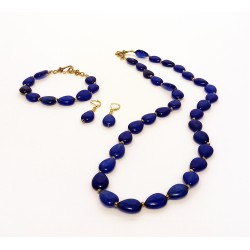 Avenue One Lapis Lazuli 3-Piece Parure
$121.97 $137.83 -12%View More
Avenue One Lapis Lazuli 3-Piece Parure
$121.97 $137.83 -12%View More
-
Electronics
Lorem ipsum
Lorem ipsum
Lorem ipsum
-
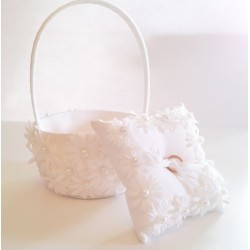 Daisy Flower Girl Basket with Ring Pillow
$29.97 $33.87 -12%View More
Daisy Flower Girl Basket with Ring Pillow
$29.97 $33.87 -12%View More
-
-
Hearth & Home
Feather Your Next
- Art
- Table Settings
- Soft Accessories
- Lights
- Home Spa
Seasonal
- Spring
- Summer
- Fall
- Winter
- Easter
- Thanksgiving
- Christmas
- New Year
eBooks
- Remembering Their Names: Rucke of Kent, England
- Confection Cook Book, vol. 1
- Confection Cook Book, vol. 2

-
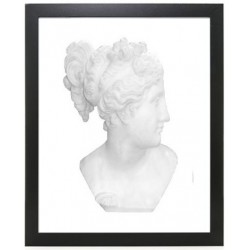 Athena, goddess of wisdom!
$59.97 $67.77 -12%Athéna! Déesse grecque de...View More
Athena, goddess of wisdom!
$59.97 $67.77 -12%Athéna! Déesse grecque de...View More
-
The Pampered Pet
The Pampered Pet
- Pet Beds
- Toys
- Accessories
- Pets Niagara Gift Shop

-
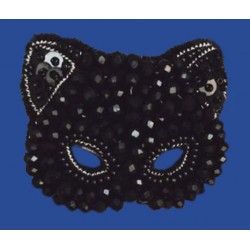 Beaded Black Cat Mask Brooch
$9.95 $11.24 -12%View More
Beaded Black Cat Mask Brooch
$9.95 $11.24 -12%View More
- Blog


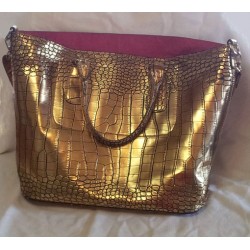











Leave a comment
Log in to post comments